What was the first Japanese car to be sold in the UK? Clue: it arrived in early 1965.
A Toyota, perhaps? The Corona arrived in 1965, yes, but it wasn't the first. It must be a Datsun, then? Nope — 1968. A Suzuki? Again, no.
I'll put you out of your misery: it was the Compagno, from the independent little Daihatsu company. Offered as a Berlina saloon, an estate and a cute Spider convertible, it began what Autocar described as the "long-threatened" Japanese "invasion" of our auto market.
If you were around at the time but don't remember the Compagno, that's probably because the importer, Dufay, managed to sell just six examples in five years. The best-selling car of 1965, the Austin/Morris 1100, managed to shift an incredible 157,679 units in that year alone.

The Compagno was certainly not helped by having the badge of an unknown brand (although it was designed by Vignale), but its price was an even bigger hindrance. It was actually one of the best-equipped cars of its type, with foglights, reversing lights, a radio, a cigarette lighter, wing mirrors and a clock all coming as standard. The problem was that you could get the familiarity of an Austin Mini for £280 less or a Hillman Imp for £260 less.
One of the few cars registered was CGH 8B, which Autocar tested on 20 August 1965. And, remarkably, it's still taxed and on the road, in the care of International Motors, which imported Daihatsus until 2011.
We described the car back then as "well made but technically unadvanced". It had a two-door, four-seat body sitting on a separate chassis, and "in the design of the suspension, engine, transmission and brakes, it follows very closely much that was popular and conventional on British cars some eight or 10 years ago". Like the Morris Minor, then.


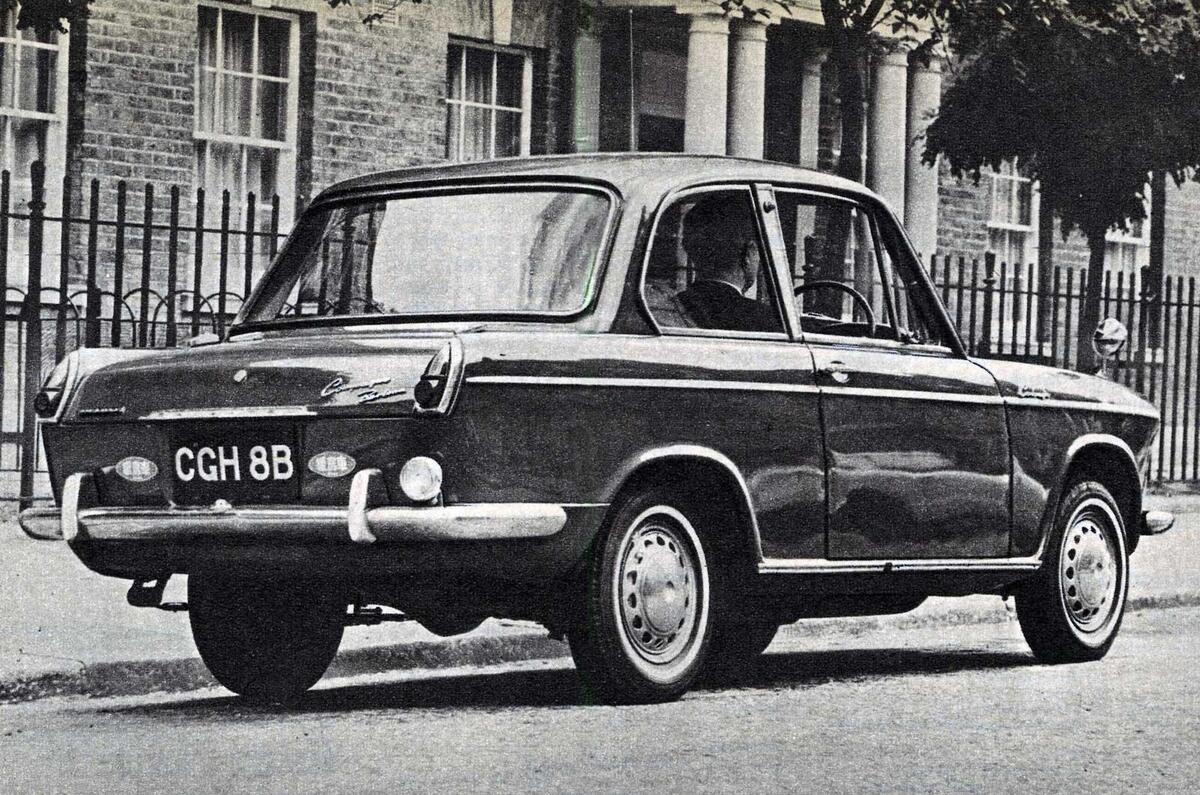

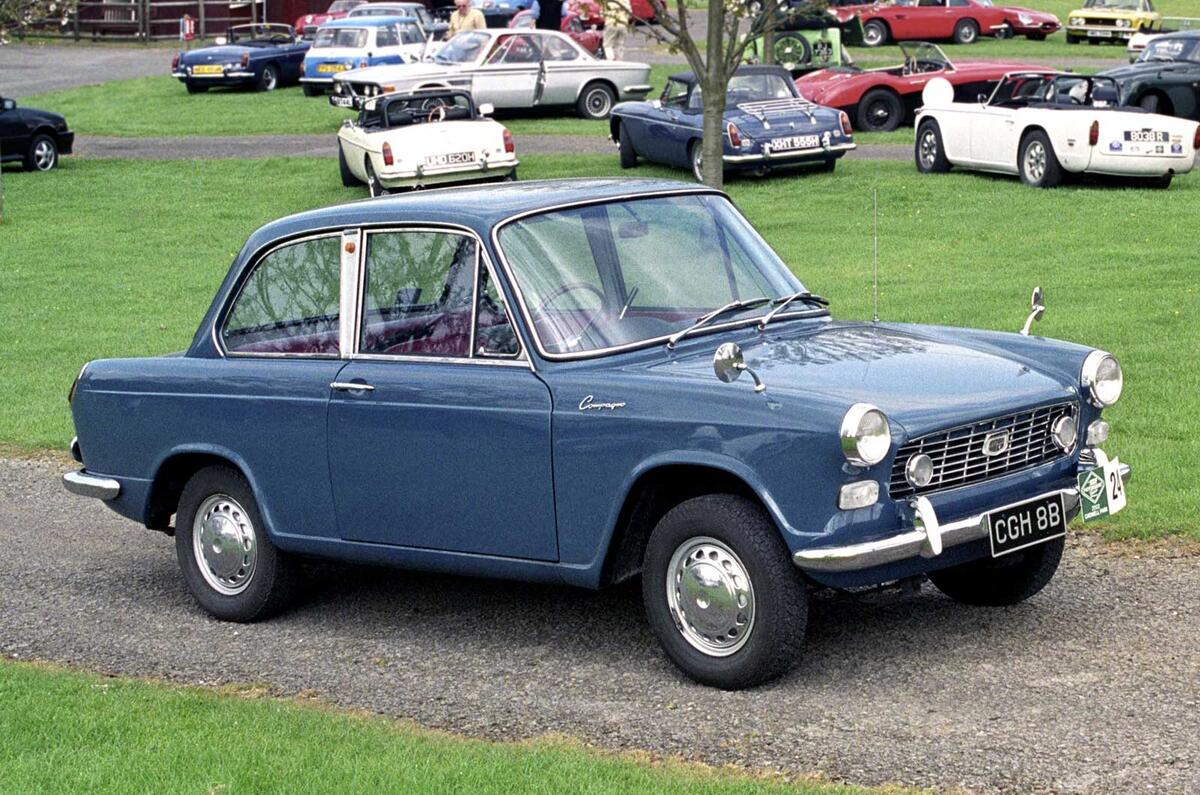
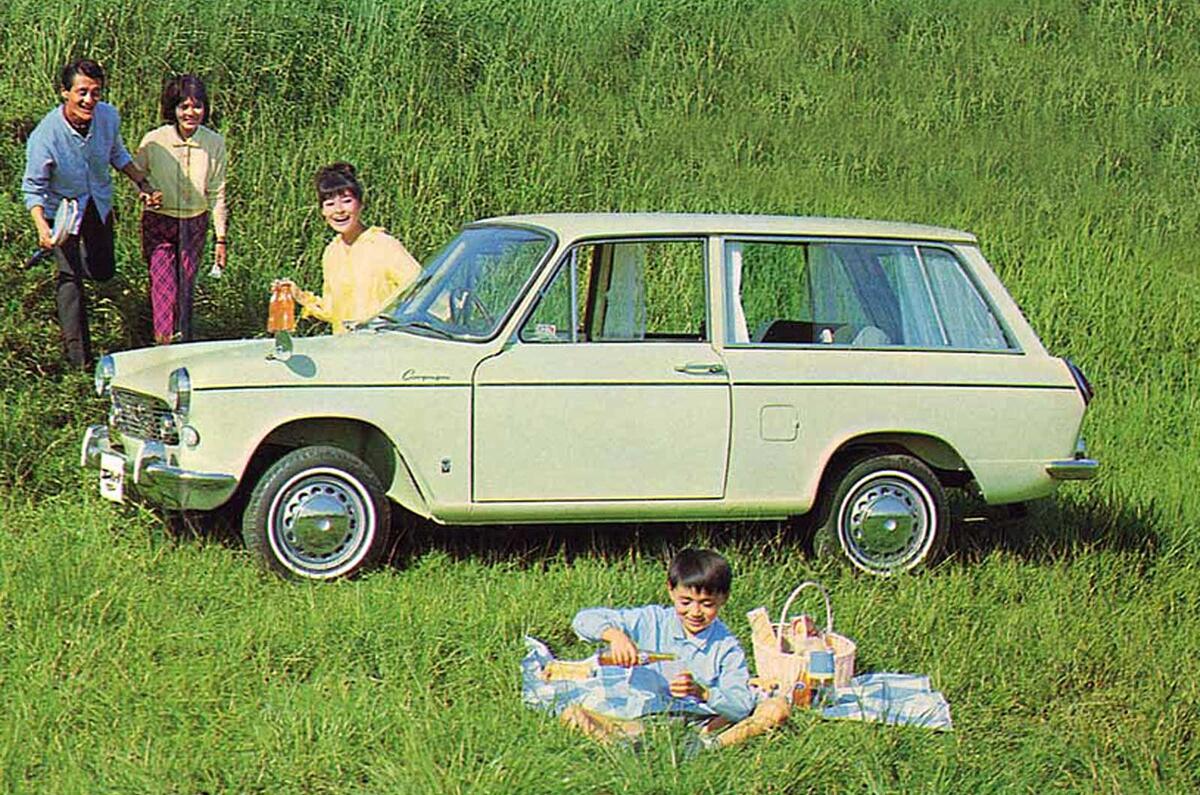
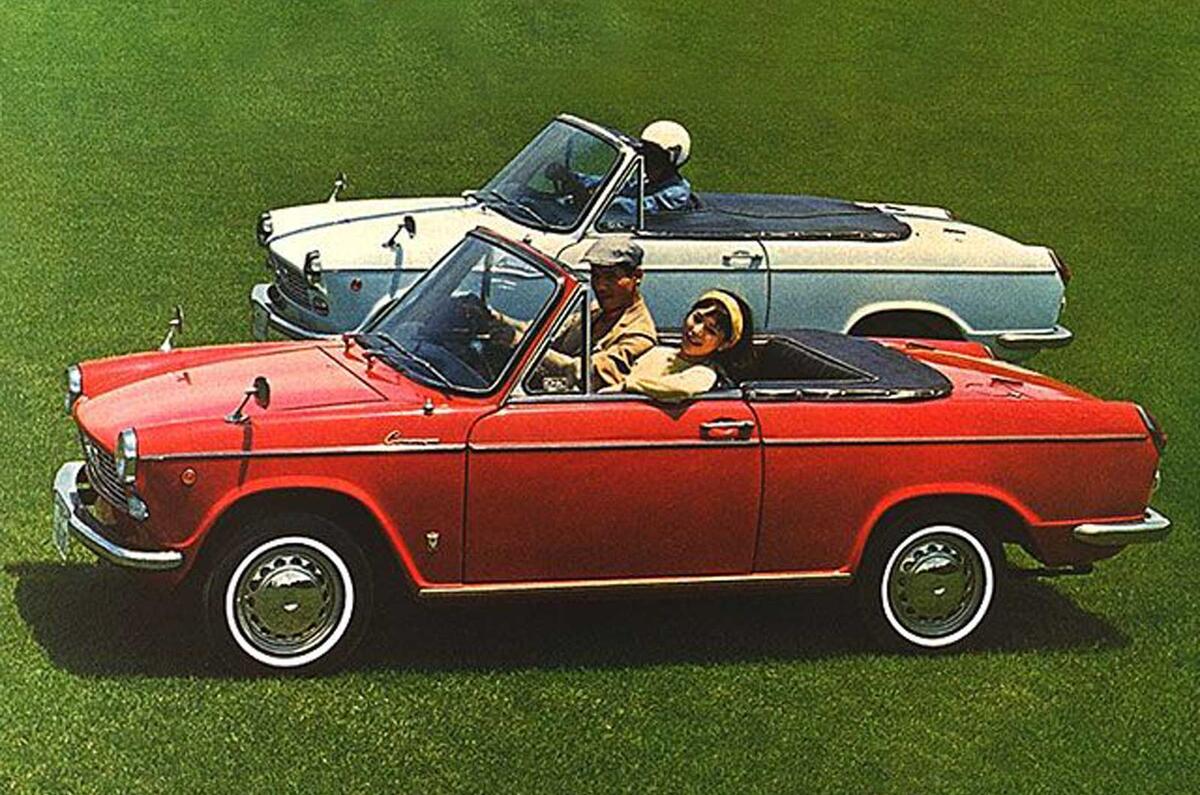

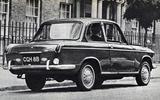

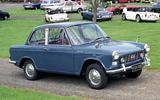
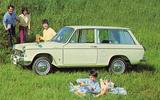
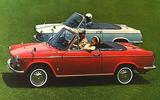







Join the debate
Add your comment
The First Japanese Cars In Blighty
I remember the first Japanese car I ever saw,it was a small dark blue Honda (N360) it had been sold to a chap in my street,who'd bought it from a small garage in Fleet, Hants that also sold,Morgan & Reliant. I looked at it didn't think much of it, a few of the dads bit their toungues and tried not to snigger, oh yes we did laugh but little did we know. what was coming did we?
Some things never change...
This article perfectly describes the driving experience of the late departed Daihatsu Hi-Jet van.....
A much-missed brand
Will it ever return to the UK?
Daihatsu
Sadly Daihatsu won't be coming back which really is quite a disapointment,the cars now only available in it's home market. Toyota who now owns the company has been rolling back the global availability of the range for years,which is a pity as Daihatsu produced some cracking little cars. Toyota have set up a plant in Malaysia producing some of the Daihatsu eange,they're known as Perodua and for some years they were sold over here,I test drove the Kenari (Move) and the Myvi (Sirion) and I thought that they were well built,keenly priced and quite well equipped and drove quite well, but however the venture fizzled out. However if after we leave the EU who knows what will happen when we start to negotiate our own trade deals, maybe Perodua might try again?